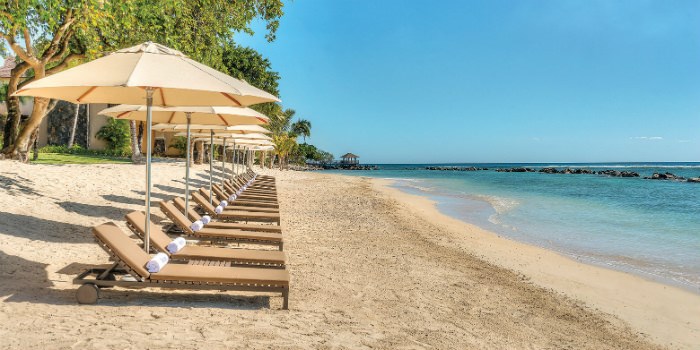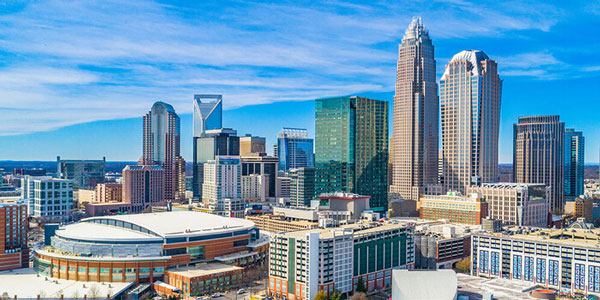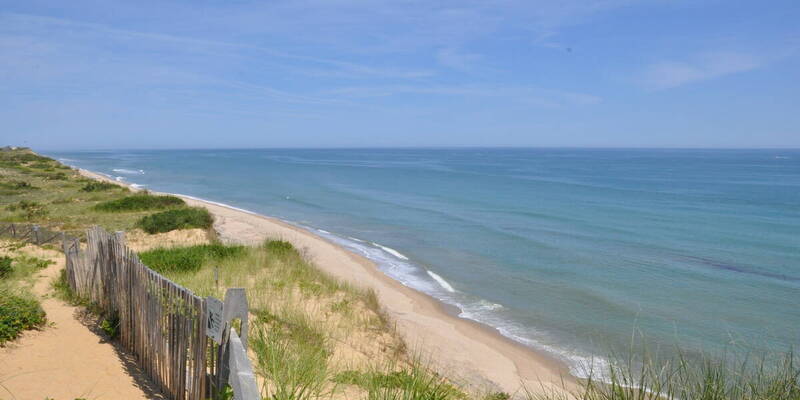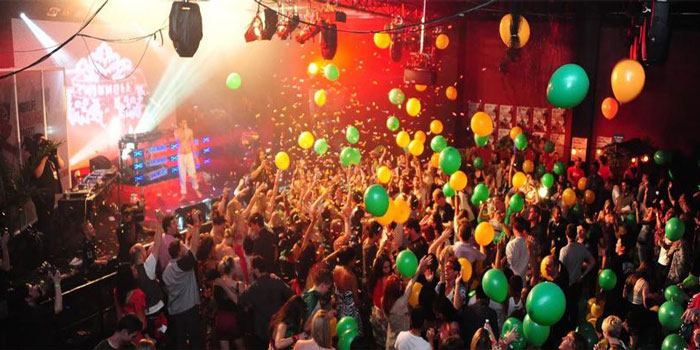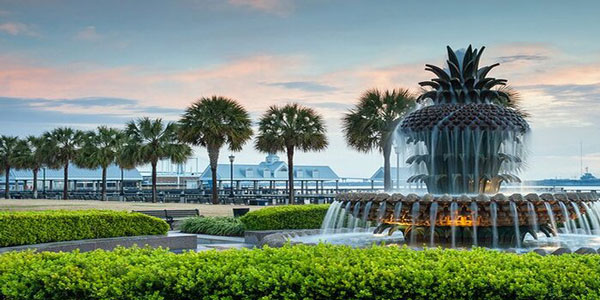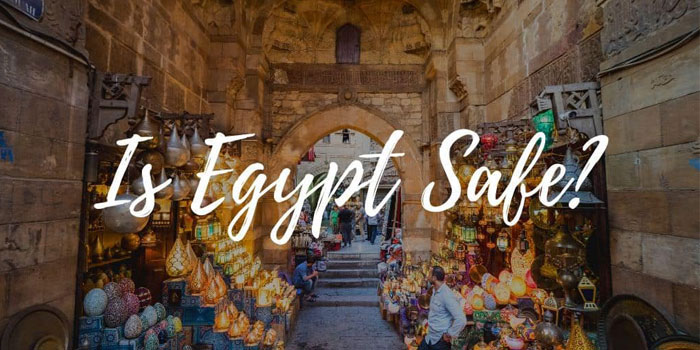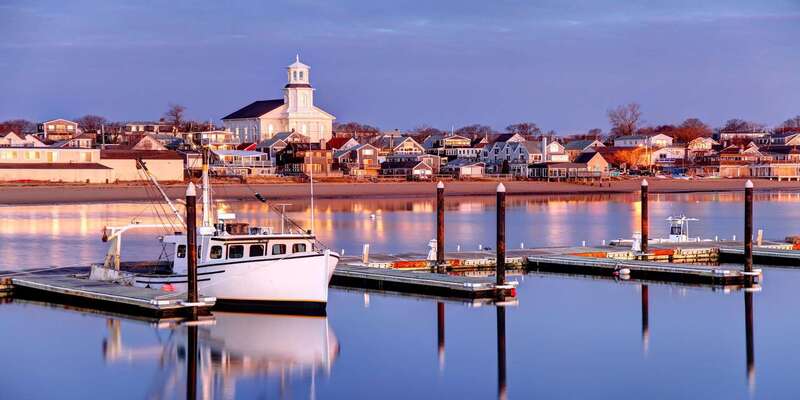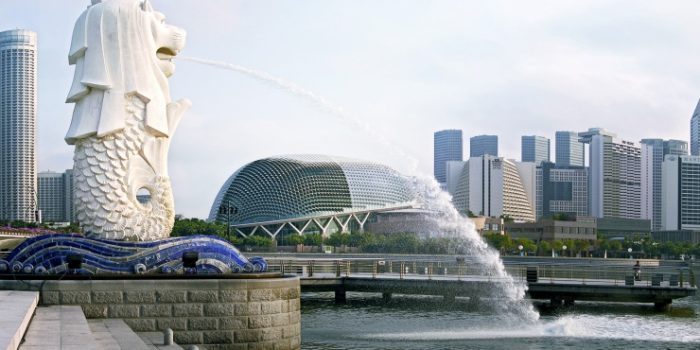Mauritius is one of the most culturally rich islands in the world due to its unique location on the globe and its diverse and amicable population. A diverse population of Bhojpuri, Tamil, Chinese, Franco-Mauritian, Telugu, Creole, and European ancestry makes Mauritius a cultural and religious melting pot.
The subtropical island of Mauritius is bursting with beautiful scenery, and it's only a short distance from the forested coasts of Madagascar. Lagoons, waterfalls, beaches, and reefs dot the landscape, and its people are known for their friendliness and tolerance. For many reasons, Mauritius is a popular tourist destination, but its diverse population is a special selling point.
Although the Dutch, the French, and the British have all claimed Mauritius as their own, it was Arab and Malay sailors who discovered the island first. Its tumultuous occupancy history is reflected in the wide variety of languages spoken across the country. However, modern-day Mauritius would not exist without its large and diverse people.
Although it caters to the wealthy with its luxurious resorts, the area is rich in history and culture. This guide examines all the factors that shape the Mauritian way of life, from the aromatic food to the outstanding hospitality and communalism to the unusual wildlife that calls the island home. Okay, so let's get down to business.
Language
Language is the first concern for an island with such a diverse population. Indo-Mauritian, Creole-Mauritian, Afro-Mauritian, Franco-Mauritian, and Sino-Mauritian are fluid ethnic groupings in Mauritius.
French-Asian-African Mauritian Creole. 68% of the population is Indian, speaking Hindi, Urdu, Bhojpuri, Tamil, and Telugu. Most Mauritius residents speak Creole, even though only 27% are Creole.
Creole has no standard written form, making it difficult to become the official language. Social context dictates daily dialect. Language reflects a society; therefore, Mauritius' speech is contextual. English relates to education, administration, hospitality, and law, whereas French is with media broadcasts and newspapers.
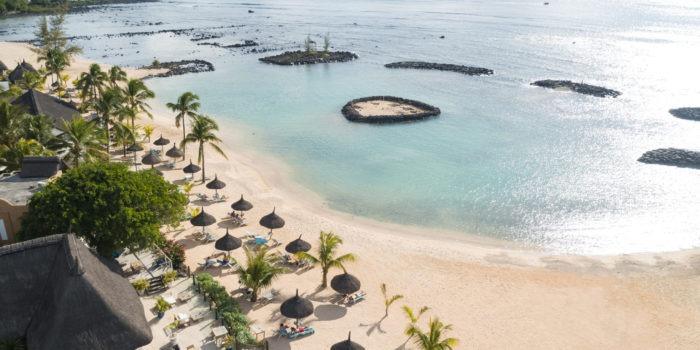
In Mauritius, people say "Bonjour" and "Bonne journees" in passing. However, many speak their ancestral tongue. Three per cent of Chinese and two per cent of European live among Indian, African, and Franco-Mauritians. Bollywood's popularity means many Mauritians, even non-Indo-Mauritians, can speak Hindi.
Food
African cuisine is hearty and varied, influencing many global cuisines. Mauritian cuisine combines African basics like maize and root vegetables with Indian, Chinese, and French flavours. Smoked fish is a staple in most Mauritian diets.
Tomatoes, onions, eggplants, garlic, chilli, chayote, and lady's fingers (okra) are staples of Mauritius' cuisine. Crab curry, fried squid, and coriander chilli fish are national delicacies of seafood-heavy stews and curries.
Most eateries provide vindaye ourite and fish. Octopus (ourite), tuna steak, and kingfish are common ingredients in Indian curry stews. Another national favorite is the Dholl puri, which has Indian influences. These split-pea pancakes are filled with spicy tomato sauce, thyme, ginger, bean curry, and rouille.
Momos ka baap, Mauritius' version of dumplings, Chinese fried noodles, and fish balls, are widespread, despite the country's Indian traditions. Restaurant food reflects the country's complicated colonial history and ethnic variety. Outdoor cooking, food sharing, and pickling are prevalent. Still, street food, particularly dholl puri and momos, is the greatest way to experience Mauritius.
History
In the 16th century, Portuguese explorers discovered Mauritius, which Arabs had known about since the ninth century. In 1598, the Dutch established Mauritius. The colonists called it Mauritius after Prince Maurice of Nassau. The Dutch found timber, meat, and dodos while establishing trade with India. They appointed a ruler and 20 households in 1638. They brought African, Indian, and enslaved Indonesians to chop wood and labour tobacco and sugar cane plantations. The Dutch left Mauritius for Cape Colony in South Africa in 1710. France dubbed Mauritius the "Isle de France" in 1715. The French East India Company progressively repopulated the nation. In 1735, French Governor Bertrand François Mahé de Labourdonnais began serious economic growth, converting Port Louis into a significant naval station controlling Indian Ocean commerce and creating a road network.
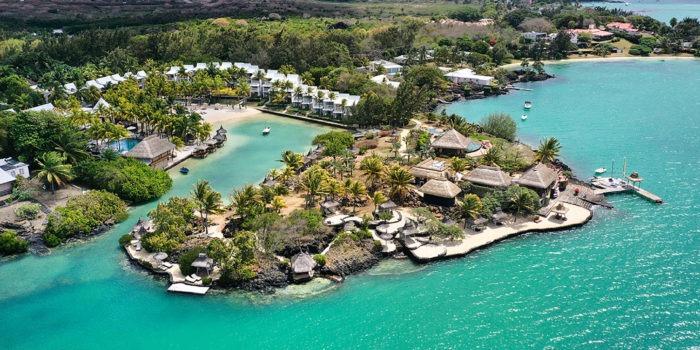
The Seven Years' War (1756-1764) ended French business overseas, and the English threatened France's sovereignty. In 1810, the British invaded Rodrigues and retake Mauritius. Franco-Mauritians could keep their language, judicial system, and sugar cane agriculture during British rule.
Indian workers flooded in when slavery was abolished in 1835. The port traded sugar to Europe, India, and Australia as the population increased. Social policy somewhat resolved farmer-Indian labour conflicts, but the economy suffered. After World War I, sugar prices rose, and business resumed until the eve of World War II when prices fell again. In 1958, the Mauritian Labour Party won unrestricted suffrage for Indian workers. Before independence in 1968, the Colonial Office repaired and built infrastructure. Seewoosagur Ramgoolam, the first Prime Minister and Labour Party founder, led Mauritius to prosperity for 13 years. Mauritius declared independence in March 1992.
